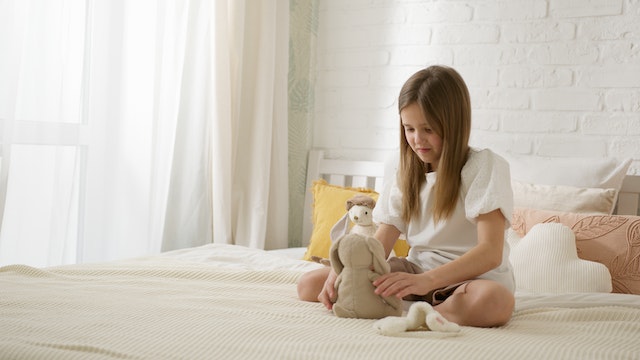Selecting toys for children is a task that goes beyond the allure of bright colours and catchy packaging. As parents, caregivers, or gift-givers, it’s essential to consider various factors to ensure that the toys we choose are not only entertaining but also safe, age-appropriate, and conducive to a child’s growth and development. In this article, we’ll explore what to consider before buying kids’ toys, helping you make informed and thoughtful choices.
The first and most crucial factor to consider when buying kids toys for children is age appropriateness. Toys are typically labelled with recommended age ranges to ensure they match a child’s developmental stage. Following these age recommendations helps guarantee that the toy is safe and suitable for the child’s cognitive and physical abilities.Safety is paramount when choosing toys for kids. Look for toys that meet safety standards and regulations in your region. These standards often involve testing for hazards such as small parts, sharp edges, or toxic materials. Avoid toys with small parts for very young children who may put them in their mouths.

Investing in durable toys can save money in the long run. Well-made toys withstand rough play and last longer, reducing the need for frequent replacements. High-quality toys can also be passed down to younger siblings or friends.Toys that offer educational benefits are a great choice. Look for toys that stimulate a child’s cognitive development, such as puzzles, building blocks, or science kits. These toys encourage problem-solving, creativity, and critical thinking skills.
Consider a child’s developmental milestones when selecting toys. For infants, choose toys that encourage sensory exploration, like rattles or soft textured objects. For older children, opt for toys that promote skills like fine motor coordination or social interaction.Engaging toys capture a child’s interest and hold their attention. Look for toys that require active participation, whether through imaginative play, hands-on activities, or games that involve multiple players. Interactive toys often provide more significant learning opportunities.

Toys that allow for open-ended play are versatile and promote creativity. Items like building blocks, art supplies, and dress-up costumes encourage children to use their imaginations and explore a wide range of possibilities.Consider the size of the toy and whether it’s practical for your living space. Large toys can be cumbersome, so ensure you have adequate storage or play space. Additionally, small pieces or accessories should be kept in a safe place to prevent choking hazards.
Toys should be selected based on a child’s interests rather than adhering to traditional gender roles. Avoid perpetuating stereotypes by choosing toys that promote diverse play experiences for all children.In today’s digital age, it’s essential to find a balance between traditional and technology-based toys. While some tech toys can be educational, children also benefit from hands-on, real-world play experiences.Set a budget for toy purchases to ensure financial responsibility. You don’t need to spend a fortune on toys; many affordable options offer excellent quality and play value. Consider purchasing toys during sales or utilizing second-hand options.
Reading reviews from other parents and caregivers can provide valuable insights into the suitability, durability, and educational value of a toy. Online reviews and forums offer a wealth of information to aid in your decision-making.





